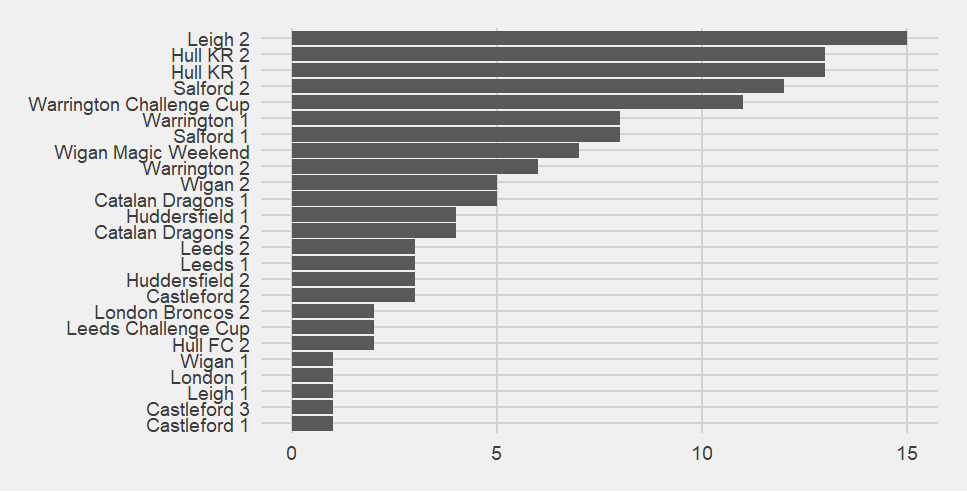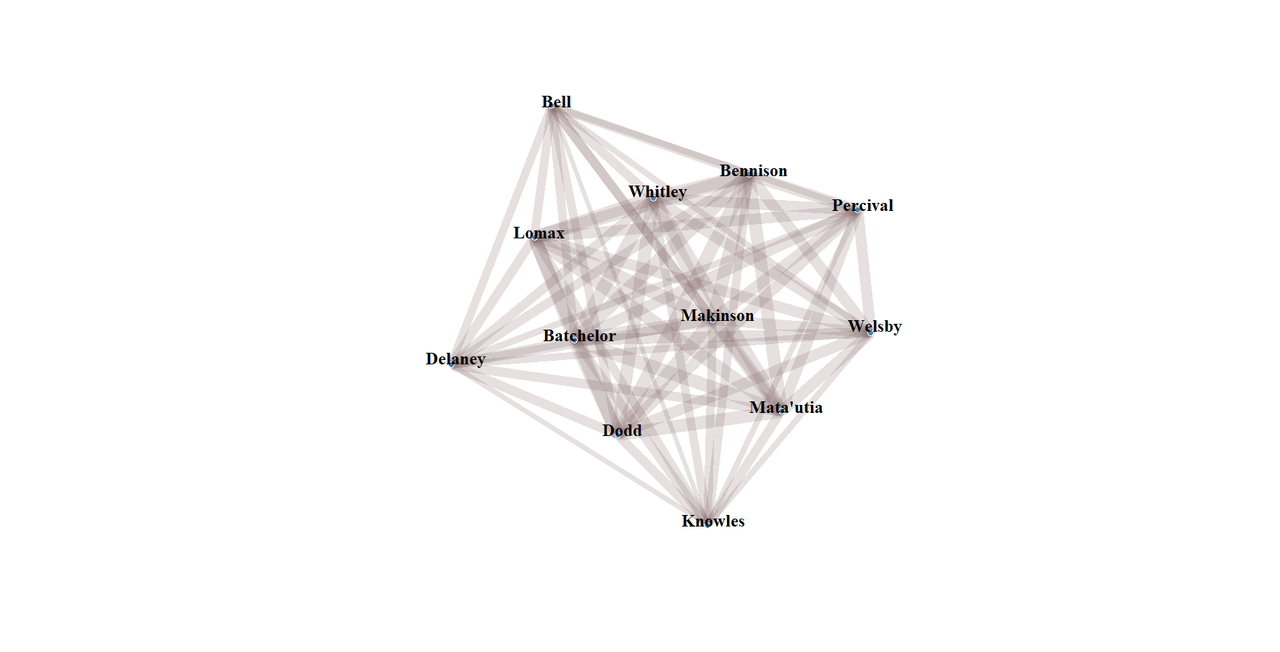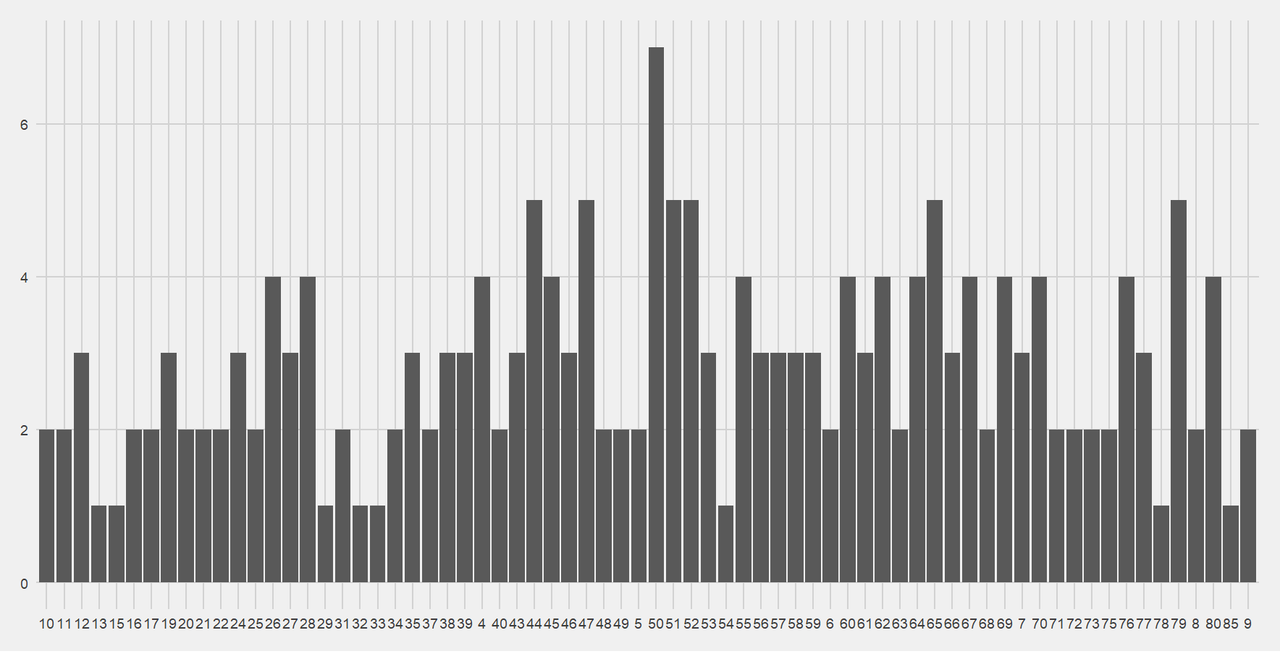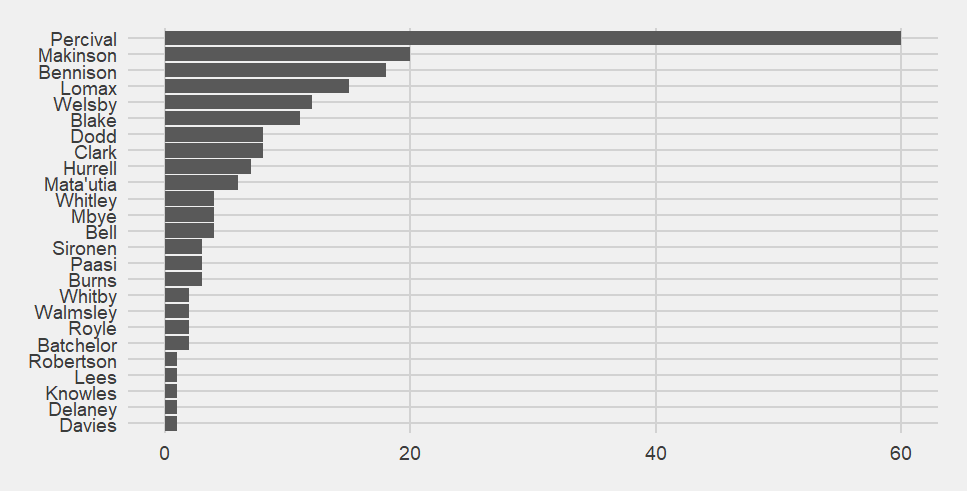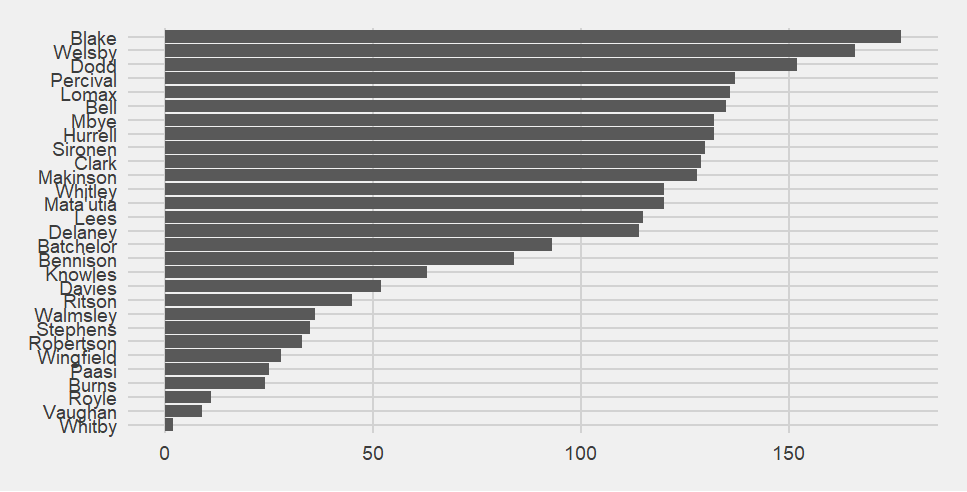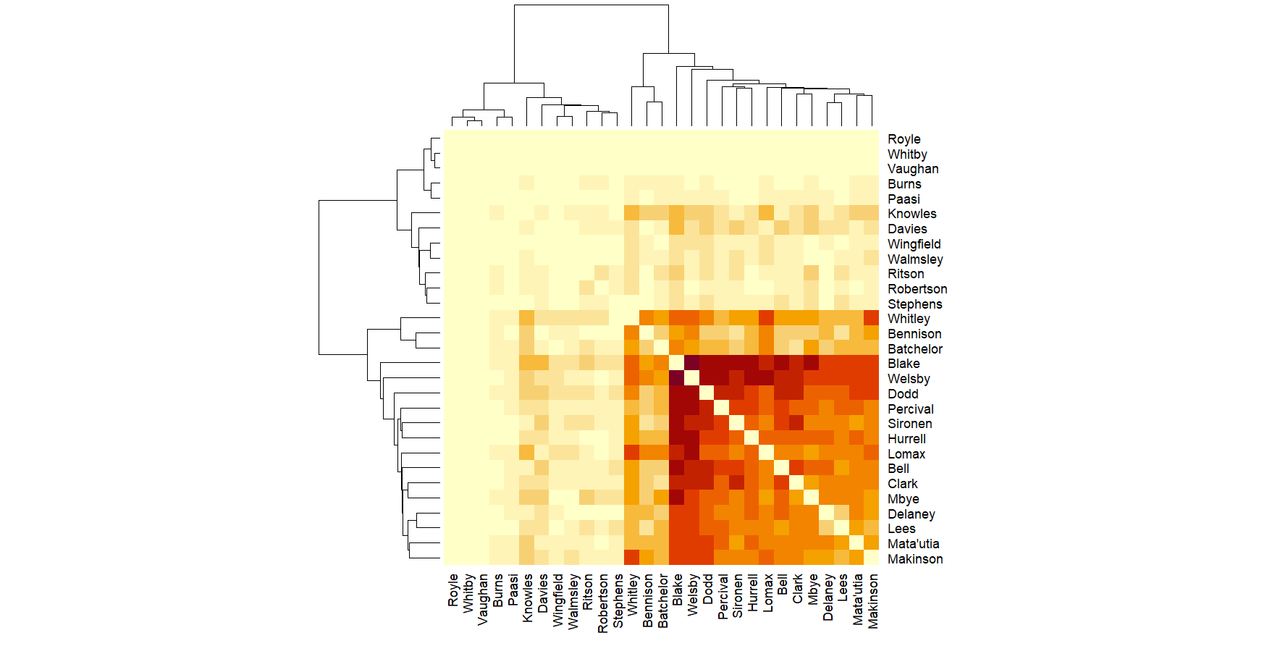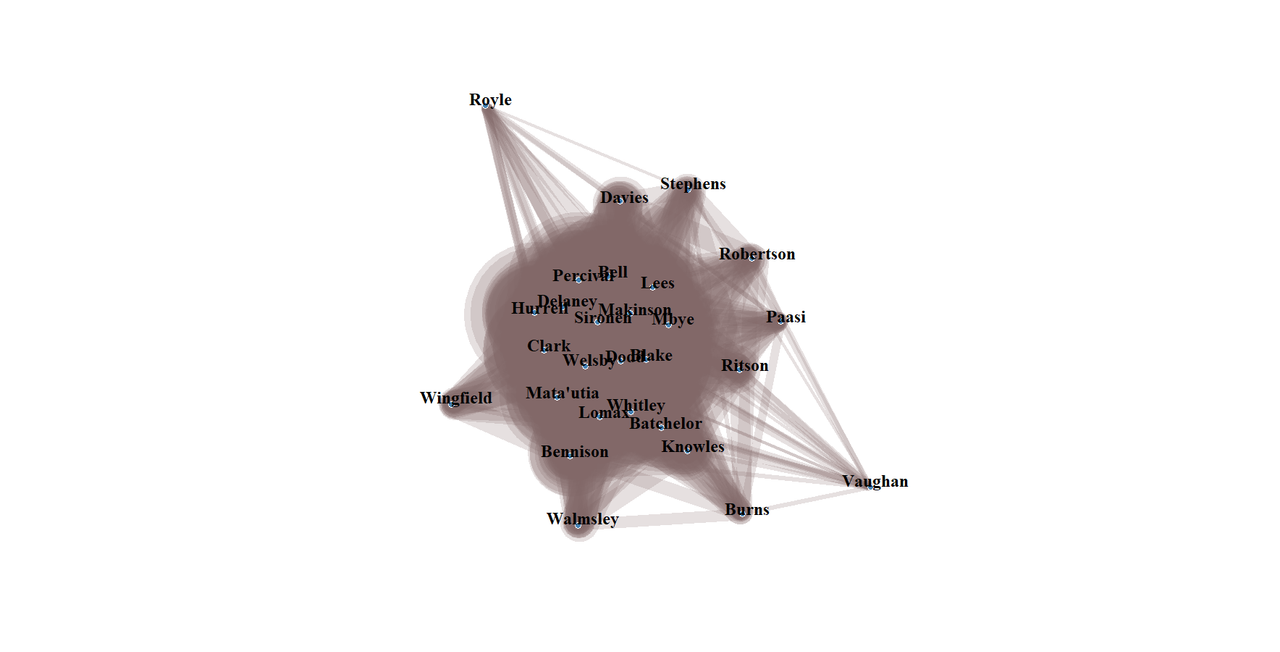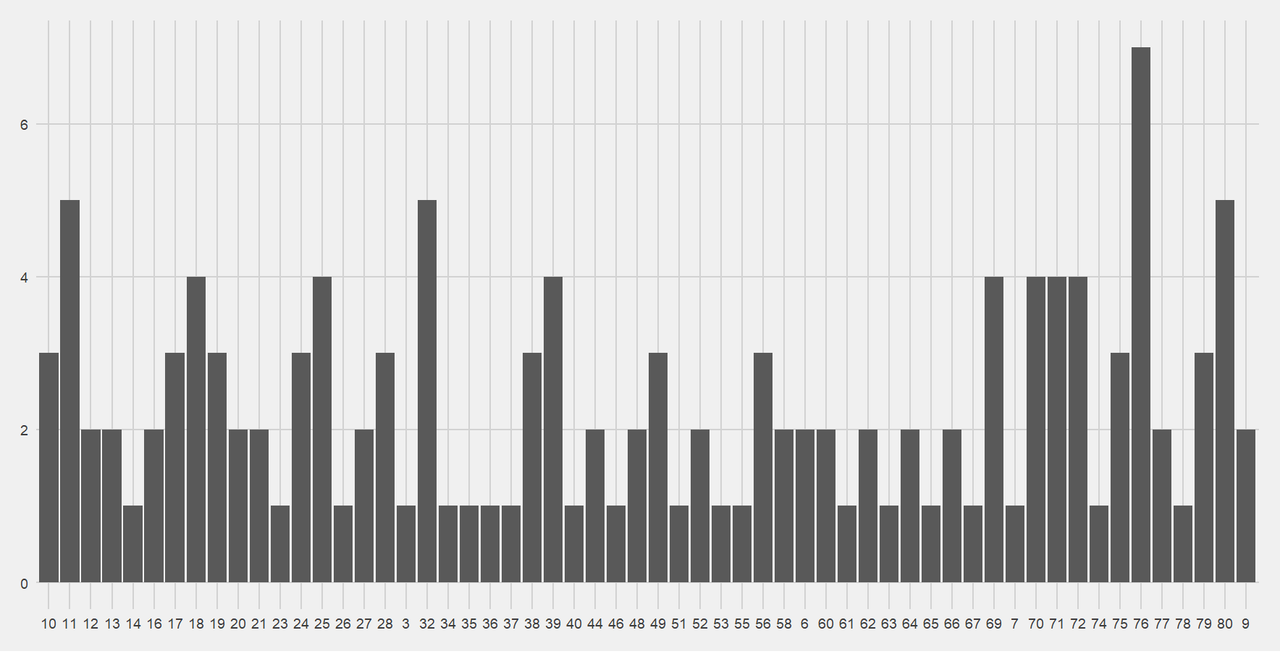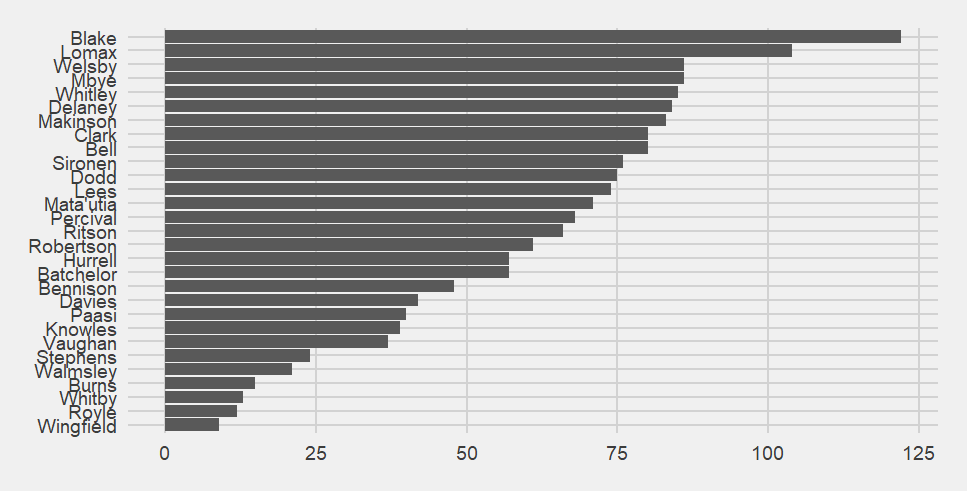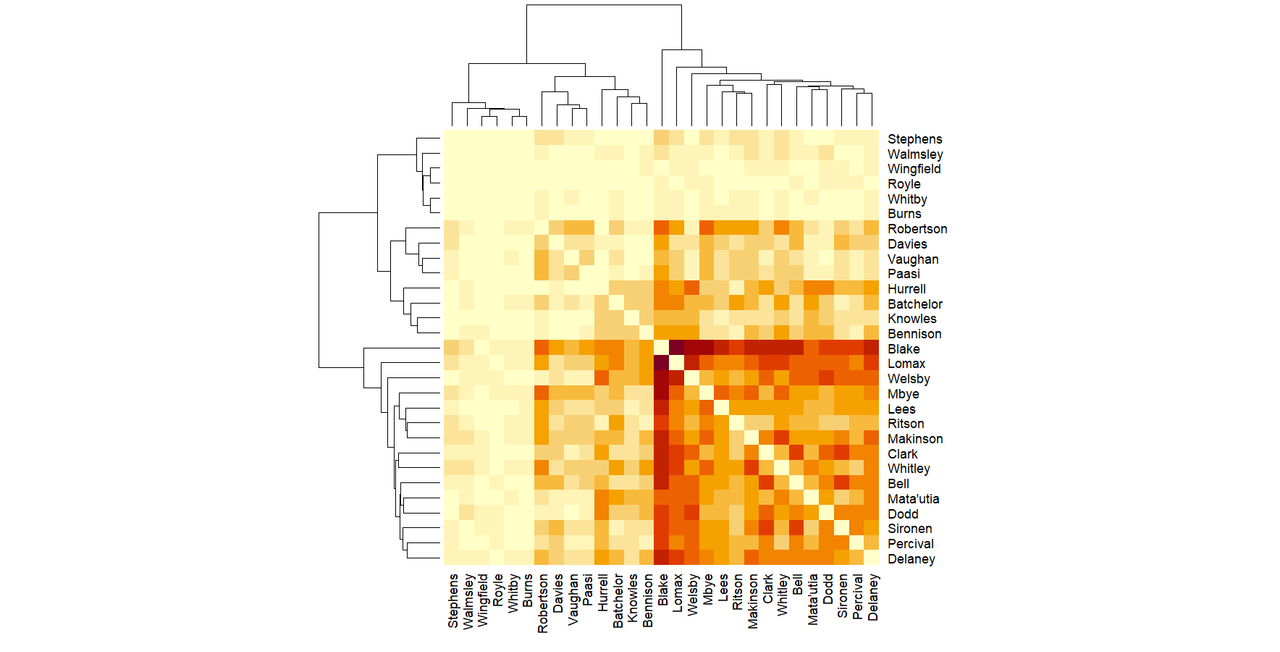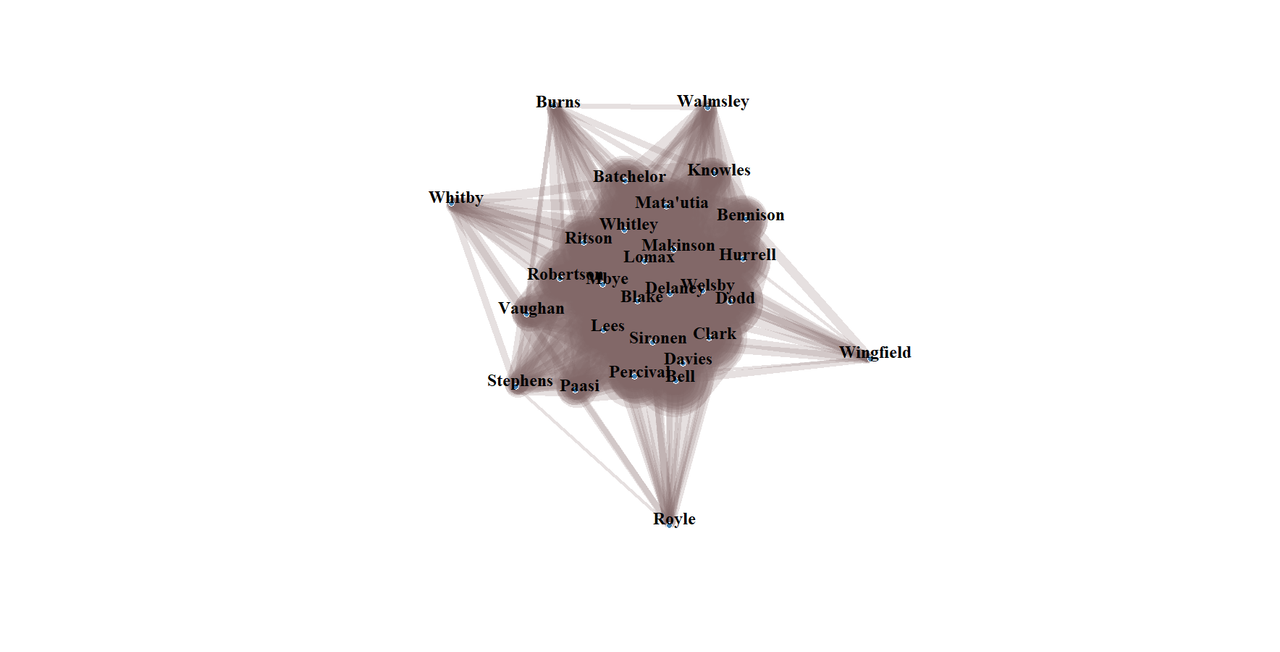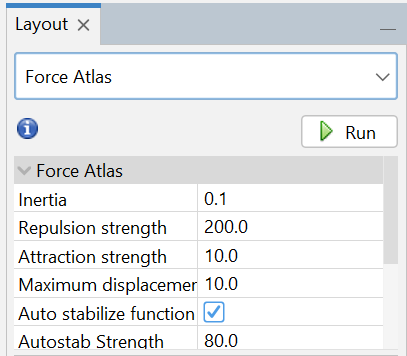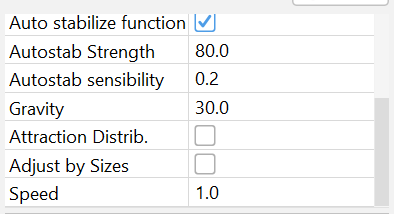The first is about the diagrams.
You will notice that this is game 28. In a 12 team league, the most games you should get is 22. Even counting Saints's two Challenge Cup games, that would be 24.
Super League has 27 games in the regular season.
How do you get from 22 to 27?
To fill these "gaps" they have Magic Weekend, the Rivals round and a couple of seemingly random loop fixtures. Mysteriously, this means that we have to play our best/worst rivals more often - Saints got 2 extra games against Wigan in 2024 :(
In 2024, one of Saints's loop fixtures was versus Castleford, which is why you'll suddenly see Castleford 3 in the figures. I'm putting this explanation in this post because it's the first time one of the teams will be referred to as [team name] 3.
The second is about an odd tradition Saints have. For the last home game of the season, if a dearly beloved forward is retiring, and we've already won the match, we let them kick a conversion towards the end of the game. I suspected Mata'utia was going, but him getting given the kick to take was when I knew for sure. (Yes - this is often how we find these things out)
It makes me sad, because I like him. He's an excellent forward, gives his all, and seems to care. I ask for very little and demand only two out of those three.
(For what he did next - https://www.seriousaboutrl.com/former-st-helens-man-sione-matautia-agrees-deal-to-play-alongside-his-brother-in-2025-98888/ Awesome as Sione Mata'utia is, his big brother is amongst the best of people - https://www.bbc.co.uk/sport/rugby-league/61464889)
Now onto game 28:
The who was on the pitch when Saints scored figure looks really good. You can see the replacements coming on and off.
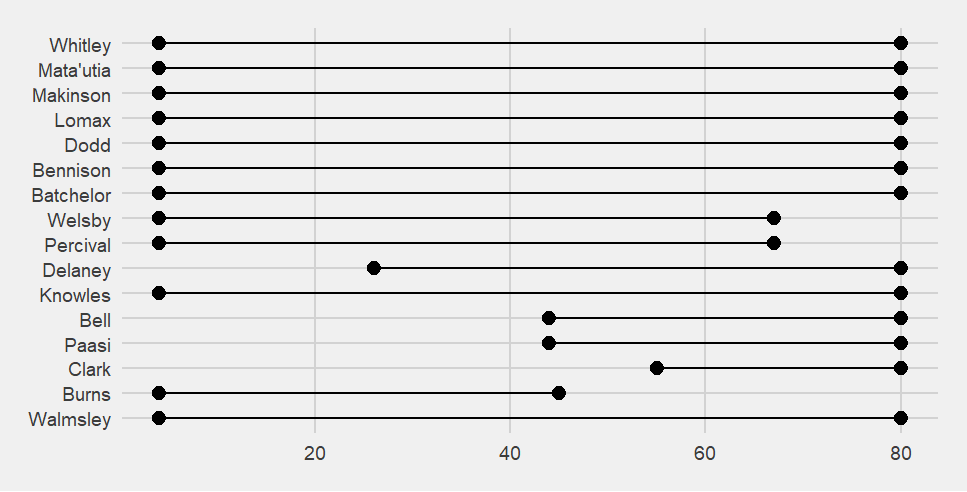

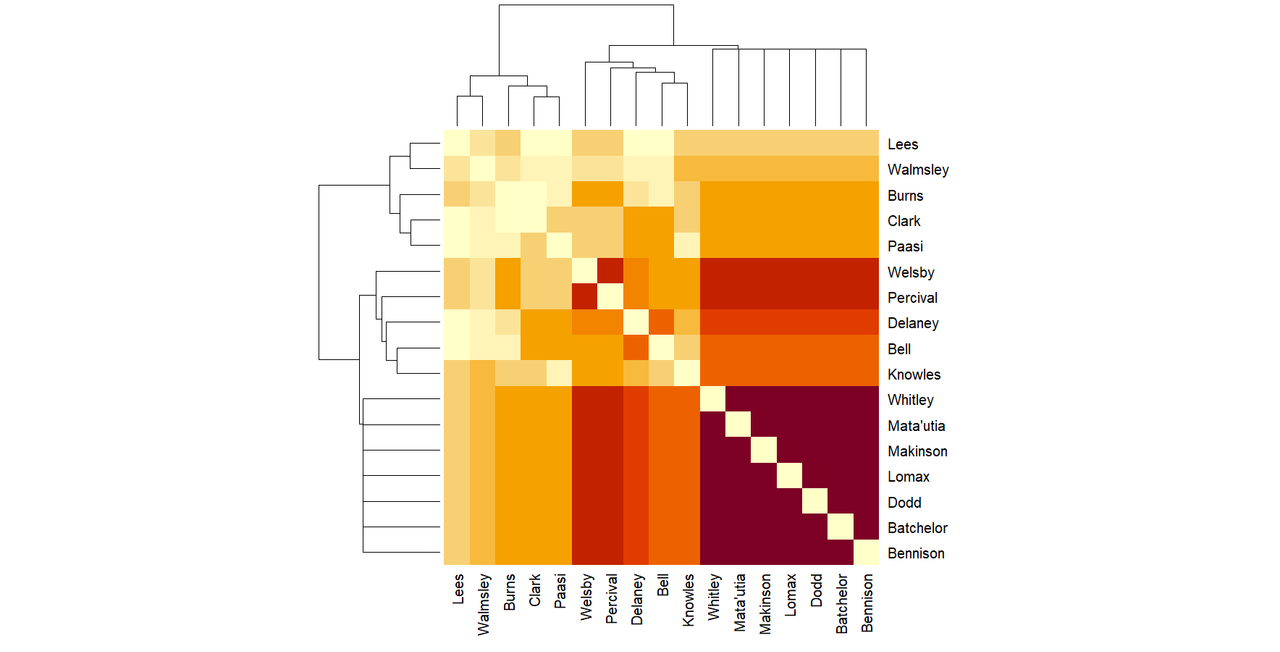 Knowles's crossing point with several players is much paler than expected given where he is in the diagram.
Knowles's crossing point with several players is much paler than expected given where he is in the diagram.
Of the top 3, Percival and Bennison are kickers so should be up there. While Makinson can kick, he's there mostly because of his tries. Oh, we are going to miss him!
The thing that interests me about the matrix as it stands now is that for each section, the player most often involved with the others (and therefore the darkest line) is at the top left of their section, but the darkest section over all goes at the bottom right and the sections get lighter as you move up and left.
If we swap over to look at when Saints concede - here are the teams that have scored against Saints.
